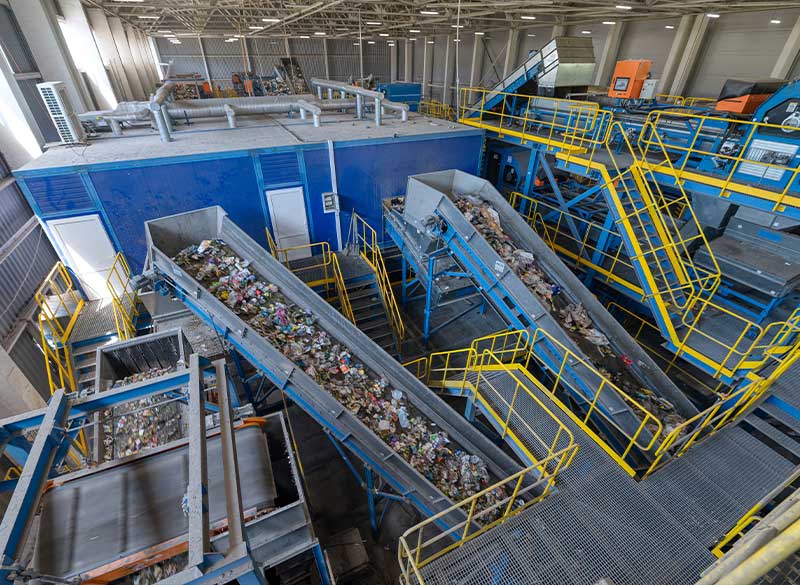Have you ever considered where all the waste goes once you’ve disposed of it? This blog outlines the different process waste and recycling undergoes so you can understand the importance of recycling and educate yourself on the process past the skip hire.
The skip hire process
- Contact Fowles and get the perfect size skip for your project to be delivered to your location.
- During or after a project, dispose of your waste in the skip, ensuring to maximise your space through being as efficient as possible.
- Once the skip is full or you are finished with it, we will come get it and take it to our waste and recycling facilities to be disposed of.
The recycling facilities process
- When the waste arrives at the recycling facility, it will be sorted using our staff and advanced machinery into different types of recyclables and general waste. The different materials then undergo unique processes; for example plastics are cleaned, melted and moulded into new plastic and paper is pulped and reformed into new paper products.
- Recycling facilities then do a series of quality control measures to ensure that the recycled materials meet industry standards and ensures quality in the products.
- These processed recyclables are then sent to manufacturers who use them as raw materials for a variety of products such as new packaging, construction materials and consumer goods.
Although this is a sustainable approach to waste, it is not possible for all products and anything that appears hazardous or non-recyclable will be sent to landfill sites. Although landfill is not the ideal solution for waste, it does reduce the environmental impact by preventing soil and water becoming contaminated.
The landfill process
- Anything non-recyclable are taken to landfill cells, which are lined to prevent contaminated liquid from escaping into the environment.
- Modern landfill sites are now equipped with monitoring systems to track and manage the gas emissions produced whilst the waste is decomposing.
- Methane which is released from waste can then be captured and used as an energy source.
- The waste then goes through rehabilitation; covering it with soil, and planting vegetation and being repurposed as green spaces. During this, measures to prevent soil erosion and water contamination are implemented.
Incineration process
- Some waste may have to undergo incineration due to being non-recyclable or hazardous. This reduces the landfill volume and can create energy under a controlled combustion process.
- The waste is burnt in incineration facilities at high heats to ensure they are completely combusted.
- The heat generated in this process can be converted into electricity or reused.
- After the incineration process, the amount of waste has significantly reduced into ash and can then be collected to be disposed of in landfills or reused in constructions
Overall, if you are producing a large amount of waste, it is key to understand where this is going and the impact it can have on the environment. Understanding where your skip waste goes can help you appreciate the significance of responsible waste management in preserving our environment and conserving valuable resources.It also makes it even more important to choose skip companies that prioritise recycling facilities and sustainability in their process.
